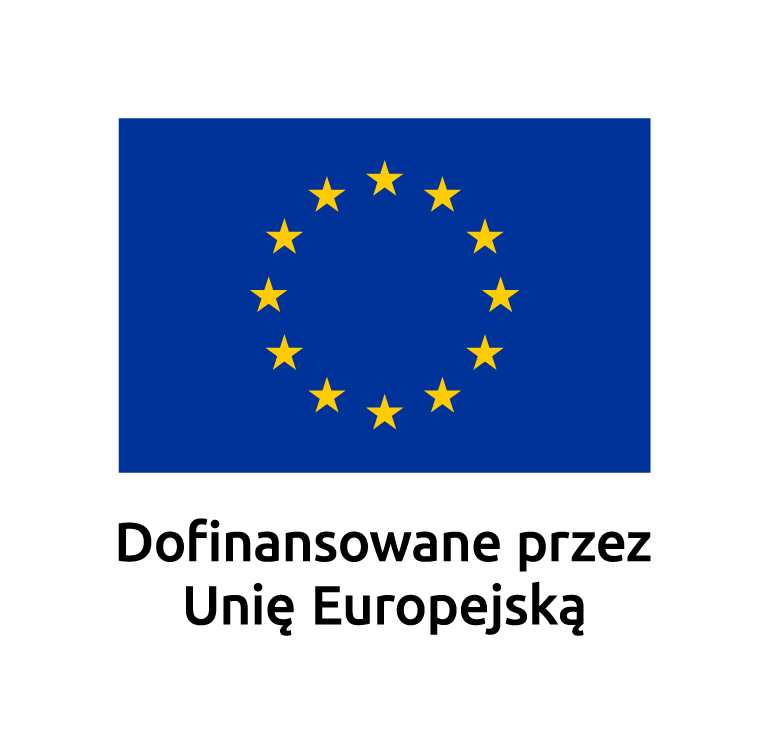DTS and DAS projects covering geothermal boreholes and earth embankments – WPGI 2024
We participated in the 8th Engineering Geology Challenges Conference in Łódź. We had the opportunity to present the results of our DTS and DAS projects, covering geothermal boreholes, earth embankments etc.
Our two presentations were met with great interest:
🔴GEOMETRICALLY CONTINUOUS TEMPERATURE MEASUREMENTS – EXAMPLES OF IMPLEMENTATION AND DEVELOPMENT POSSIBILITIES
RAFAŁ SIEŃKO (Politechnika Krakowska), ŁUKASZ BEDNARSKI (Akademia Górniczo-Hutnicza), TOMASZ HOWIACKI (Politechnika Krakowska)
Article abstract
DFOS (distributed fibre optic sensing) technology enables the measurement of selected physical quantities along a linear sensor (integrated with the monitored structure), the length of which can range from a few centimetres to even several hundred kilometres. This enables the detection of various local events occurring on the considered section, e.g. stress concentration, scratches, cracks, settlements, leaks, fires, etc. The most frequently measured parameters include mechanical quantities such as displacements or acoustics, as well as temperature. The latter is measured using the DTS (distributed temperature sensing) technique and usually using Raman scattering.
The presentation was devoted to the DTS technique, with particular emphasis on its practical applications, including: in the area of a high-pressure gas pipeline, a road embankment, an earth dam and a geothermal boreholes.
🔴DISTRIBUTED ACOUSTIC SENSING (DAS) OF THE GROUND MEASURE IN THE ASSESSMENT OF ITS GEOPHYSICAL PARAMETERS
SZYMON DŁUGOSZ (SHM System / Nerve-Sensors), MARIUSZ MAJDAŃSKI (Instytut Geofizyki Polskiej Akademii Nauk), ŁUKASZ BEDNARSKI (Akademia Górniczo-Hutnicza), RAFAŁ SIEŃKO (Politechnika Krakowska), ARTUR MARCINIAK (Instytut Geofizyki Polskiej Akademii Nauk), TOMASZ HOWIACKI (Politechnika Krakowska)
Article abstract
The DAS (distributed acoustic sensing) technique allows for the measurement of strain rate along a linear sensor at distances of up to several hundred kilometers. The most important measurement parameters include a high measurement frequency of up to 40 kHz, spatial resolution from 1 m (meaning 1000 measurement “points” per 1 km of the sensor) and high sensitivity to strain changes of the order of nanometers per meter per second. The possibility of continuous measurements along the length and individual adjustment of their parameters means that the DAS technique is increasingly used in the diagnostics of engineering and geotechnical structures, and in geophysics it is beginning to be treated as a competitive solution to geophones.
The presentation was devoted to the basics of DAS technology and its practical application in, among others, monitoring railway structures and geophysical research.
The WPGI is held regularly every three years. The Conference is one of the largest national scientific events, which is devoted primarily to issues in engineering geology. It was the opportunity to exchange experiences.
Other events:
How do Nerve-Sensors work? We can show you on our research field! >Fibre optic sensor, railway’s vibration, strain and displacement measurement system based on distributed acoustic sensing technology >
Fiber optic sensors in geotechnics >
Honorable mention in the InfraLIDER competition, in the RAILWAY category – project “Fiber optics in the diagnostics of a high-speed railway line” >
Conference on Bridge Maintenance, Safety and Management – 11/07/2022 >
7th European Conference on Structural Control – 10-13/07/2022 >
European Workshop on Structural Health Monitoring – 4-7/07/2022 >
European Bridge Conference – Royal Society of Edinburgh – 20/06/2022 >



